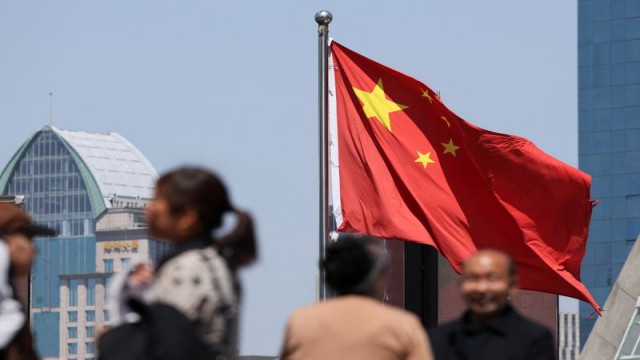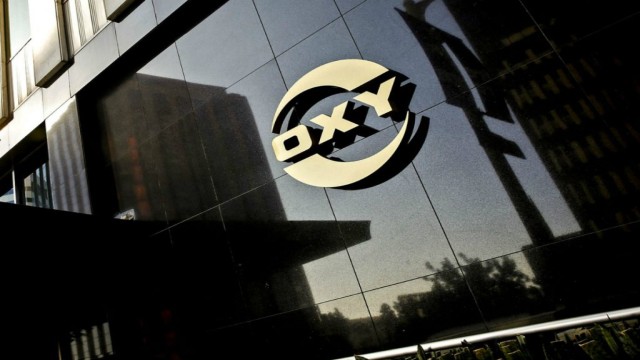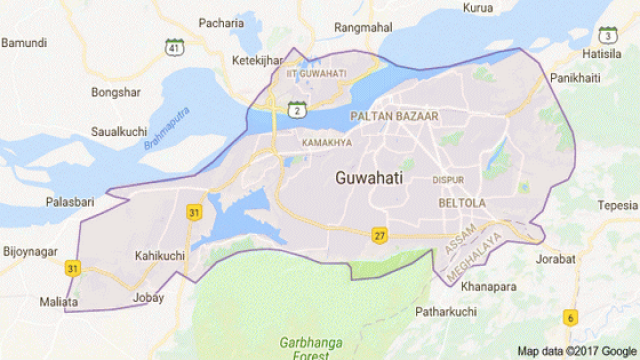NEW YORK, July 15 (V7N) – Oil prices fell sharply on Monday, with Brent crude losing more than $1 per barrel, as investors grappled with escalating geopolitical risks and persistent worries over global trade tensions. The market reacted to new threats from U.S. President Donald Trump about imposing sanctions on countries or companies purchasing Russian oil, raising fears about disruptions to global crude supplies.
Brent crude futures settled down $1.15, or 1.63%, at $69.21 per barrel, while U.S. West Texas Intermediate (WTI) crude futures declined $1.47, or 2.15%, to $66.98 per barrel.
President Trump’s administration has been considering tougher penalties aimed at reducing Russia’s oil revenue, part of broader efforts to penalize Moscow over the ongoing conflict in Ukraine. Such sanctions could tighten supply in already volatile oil markets, but investors appear to be balancing these concerns against slowing global economic growth and the potential impact of tariffs.
Trade disputes, particularly between the United States and China, have created uncertainty in demand forecasts, as tariffs raise costs and dampen international commerce. This has weighed heavily on oil prices in recent months.
Energy analysts noted that while supply-side risks related to sanctions are pushing prices upward, demand concerns linked to global trade tensions and economic slowdown fears are exerting downward pressure, resulting in heightened volatility.
“The oil market is caught between rising geopolitical tensions that threaten supply and global economic headwinds that could reduce demand,” said an energy market strategist. “Investors are walking a tightrope, adjusting their positions as news unfolds.”
In addition to the U.S. sanction threats, other factors influencing the market include ongoing production decisions by OPEC+ countries and fluctuating COVID-19 cases in key consuming nations, which could affect near-term demand.
With markets sensitive to rapid geopolitical and economic developments, traders remain cautious amid uncertainty about the pace of sanctions enforcement and the potential retaliatory measures in the global trade landscape.
END/WD/AJ/






























Comment: